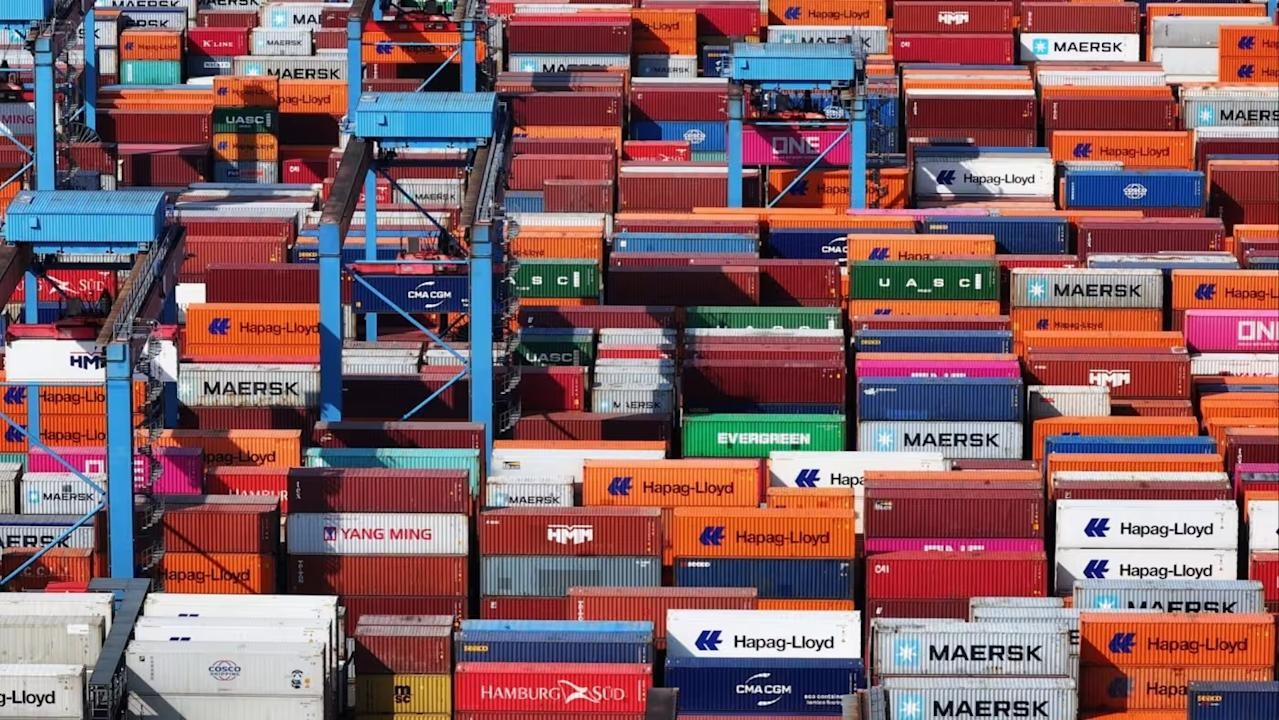The European Union faces a critical week as it races against the clock to finalize a trade agreement with the United States.
With just two days remaining for negotiations, the stakes are high to prevent the implementation of President Donald Trump’s threatened 50% tariffs on EU imports into the American market.
US Treasury Secretary Scott Bessent revealed on Friday, July 4, 2025, that talks, continuing through the weekend, are concentrated on resolving 15 to 18 key trade agreements with vital partners.
Meanwhile, President Trump has issued warnings about imposing import duties as steep as 70% on other nations.
This growing uncertainty from Washington has rattled the global economy, causing companies to halt investment plans and triggering the worst first-half dollar decline in fifty years.
The looming July 9 deadline set by Trump adds immense pressure, yet the European Commission remains unsure about the US administration’s ultimate approach toward the bloc.
The EU faces a possible disruption to €1.6 trillion worth of transatlantic trade, underscoring the urgency and gravity of these negotiations.
Within the EU, there is considerable debate about how to approach the deal.
A senior EU diplomat summarized the dilemma: should member states prioritize avoiding a trade war at any cost, or should they adopt a tougher stance if the agreement is unsatisfactory?
This internal division highlights the challenge of balancing economic pragmatism with political resolve.
German Chancellor Olaf Scholz has expressed a desire to secure a swift agreement, reminiscent of the recent UK-US deal, to steer clear of an all-out trade conflict.
Conversely, French President Emmanuel Macron advocates for a more cautious approach, preferring to wait for a more balanced and fair deal rather than rush into an imbalanced arrangement.
The tense atmosphere surrounding the EU-US trade talks is intensified by the harsh rhetoric coming from Washington.
President Trump, who once described the EU as “nastier than China,” has not hesitated to apply pressure.
Brussels’ trade commissioner, Maroš Šefčovič, was recently confronted with threats of 17% tariffs on European food exports during discussions with senior US officials, including Bessent.
Trump initially imposed sweeping “liberation day” tariffs on nearly all trading partners on April 2 but suspended them for 90 days a week later to allow time for negotiations.
That grace period expires this Wednesday, potentially triggering a broad trade offensive by the US against numerous countries.
So far, only two agreements have been finalized: with the UK and Vietnam.
This development casts doubt over the EU’s capacity to secure anything more than a basic political framework agreement.
Such a framework would extend talks but leave in place existing tariffs, including a baseline 10% duty and other levies on automobiles, steel, and aluminum.
As the negotiations enter their final and most delicate phase, European industries are bracing for ongoing challenges regardless of the outcome.
Even with a deal, the minimum cost imposed by Trump’s administration could be a 10% tariff on exports to the US.
This is reportedly five times the previous average rate of about 2% before Trump’s election.
After months of threats of retaliatory tariffs targeting a wide range of goods, from bourbon whiskey to Boeing airplanes, the EU recently acknowledged that a comprehensive, all-encompassing trade deal is now out of reach.
Instead, officials are aiming for a so-called “framework deal” or agreement in principle.
This model would resemble the UK-US trade arrangement concluded in May, which came into force at the end of June.
Initially, many EU diplomats dismissed the UK deal as superficial and potentially non-compliant with World Trade Organization (WTO) rules.
They believed that the EU’s significantly larger economic influence, representing €1.6 trillion in trade compared with the UK’s £314 billion (€363 billion), would translate into better terms for the bloc.
However, with time, there is growing acceptance that a minimalist agreement may be the best achievable outcome under the current political climate.
In summary, the EU is at a crossroads this week, facing a narrow window to avert a major trade dispute with the US.
The talks are fraught with tension, uncertainty, and diverging priorities among member states.
Whether the final agreement will be a comprehensive pact or a modest framework deal remains to be seen.
What is clear, however, is that the economic ramifications of this impasse are already being felt.
Also, industries on both sides of the Atlantic are preparing for a future shaped by higher tariffs and prolonged trade frictions.


